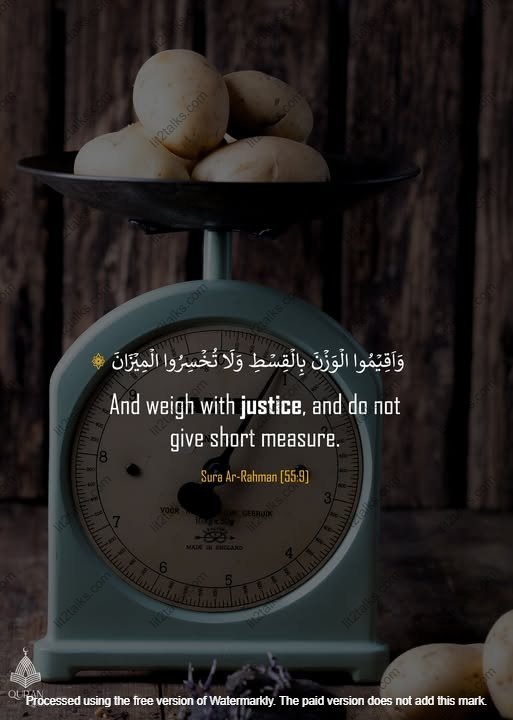\"When the winds of change blow, some people build walls, and others build windmills.\"
When change occurs, some resist it, metaphorically \"building walls,\" while others adapt and take advantage of it, \"building windmills.\" The difference is between those who fear change and those who see it as an opportunity for growth.The proverb reinforces message of adapting to change and harnessing its power.
Building Walls:
This metaphor represents resistance to change, a desire to maintain the status quo, and a reluctance to adapt to new situations or ideas. It suggests a fear of the unknown and a preference for predictability.
Building Windmills:
This signifies embracing change and finding ways to benefit from it. Windmills are a classic example of harnessing a force of nature (wind) to create power and utility. In this context, windmills represent adaptation, innovation, and the ability to turn potential obstacles into opportunities.
The Wind of Change:
This represents the dynamic nature of life and the inevitability of change.
The Proverb\'s Message:
The proverb encourages individuals to view change not as a threat but as an opportunity for growth and innovation. It suggests that by embracing change and finding ways to adapt, individuals can harness its potential for positive outcomes.
When faced with change, some individuals exhibit resistance, while others embrace it and capitalize on the new opportunities it presents. This difference in response stems from various factors, including individual personality, fear of the unknown, and differing perceptions of the change\'s potential benefits and risks.
1. Resistance to Change:
Fear of the Unknown:
Change often introduces uncertainty, and individuals may be uncomfortable with the unfamiliar, leading to resistance.
Perceived Loss:
Some individuals may fear losing their existing routines, comfort zones, or perceived status, leading them to resist the change.
Lack of Trust:
If individuals lack trust in the leadership or the change initiative, they may be less likely to accept or embrace it.
Negative Impact on Performance:
Resistance to change can lead to reduced productivity, decreased morale, and increased turnover.
2. Embracing Change:
Opportunity for Growth:
Some individuals see change as an opportunity for personal and professional development, allowing them to acquire new skills, knowledge, and experience.
Positive Mindset:
Individuals with a positive mindset tend to view change as an opportunity rather than a threat, making them more adaptable and proactive.
Adaptability:
Adaptability allows individuals to adjust to new situations, learn from mistakes, and continuously improve their performance.
Collaboration and Communication:
Embracing change often requires open communication, collaboration, and willingness to work together to find solutions.
3. Factors Influencing Response:
Individual Personality:
Some individuals are naturally more open to change than others, while others may be more risk-averse.
Organizational Culture:
A culture that embraces change and fosters a sense of trust can encourage individuals to adapt more readily.
Communication and Transparency:
Clear communication and transparency about the reasons for change can help individuals feel more comfortable and confident in their ability to adapt.
Leadership Support:
Support from leaders and managers can encourage individuals to embrace change and help them overcome any resistance.
























.jpg)







.png)







.jpeg)


.jpg)
.jpg)






.jpg)


.jpeg)
.jpeg)









.jpg)




.jpg)






.jpg)


.jpg)
.jpeg)




.jpeg)








